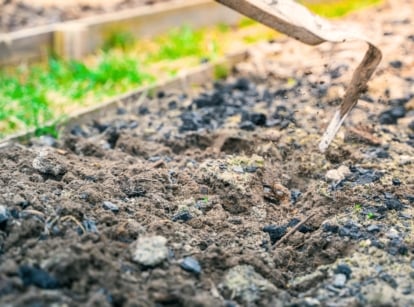
5 Ways You Can Improve Your Garden Soil in November
November signals the end of fall and the beginning of winter. Although the garden is quiet, there are some things you can do to help your garden soil’s fertility and structure. Try one of these five easy methods alongside native plant gardener Jerad Bryant.











